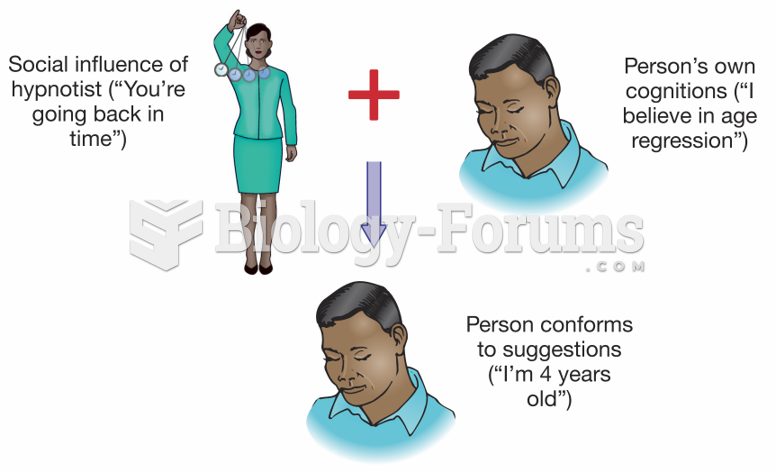Answer to Question 1
Social psychologist Gordon Allport, among others, advanced the fringe-of-values theory. Throughout history, Jews have occupied positions economically different from those of Gentiles, often because laws forbade them to farm or practice trades. For centuries, the Christian church prohibited the taking of interest in the repayment of loans, calling it the sin of usury. Consequently, in the minds of Europeans, the sinful practice of money lending was equated with the Jew. In reality, most Jews were not moneylenders, and most of those who were did not charge interest. In fact, many usurers were Christians, but because they worked in secret, it was only the reputation of the Jews that was damaged. To make matters worse, the nobles of some European countries used Jews to collect taxes, which only increased the ill feeling. To the Gentile, such business practices by the Jews constituted behavior on the fringes of proper conduct. Therefore, this theory about the perpetuation of anti-Semitism is called the fringe-of-values theory.
Another relevant approach is scapegoating theory, which says that prejudiced people believe they are society's victims. The theory of scapegoating suggests that, rather than accepting guilt for some failure, a person transfers the responsibility for failure to some vulnerable group. In the major tragic twentieth-century example, Adolf Hitler used the Jews as the scapegoat for all German social and economic ills in the 1930s. This premise led to the passage of laws restricting Jewish life in preWorld War II Germany and eventually escalated into the mass extermination of Europe's Jews. Yet scapegoating of Jews persists. A national survey in 2009 showed that one out of four people in the United States blame the Jews for the financial crisis that rocked the world starting in 2008.
Fringe-of-values theory is given as an explanation for other stereotypes, such as the assertion that Jews are clannish, staying among themselves and not associating with others. In the ancient world, neighboring peoples often attacked Jews in the Near East area. Throughout history, Jews have also at times been required to live in closed areas, or ghettos. This experience naturally led them to unify and rely on themselves rather than others. More recently, the stereotype of clannishness has gained support because Jews have been more likely to interact with Jews than with Gentiles. But this behavior is reciprocal because Gentiles have tended to stay among their own kind too.
Answer to Question 2
b







